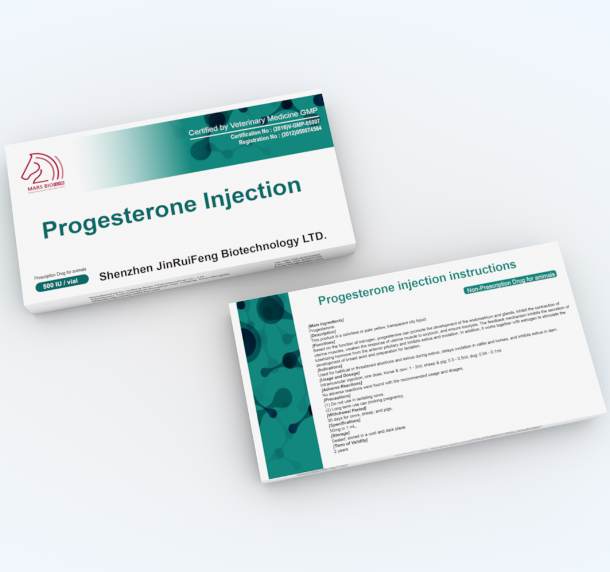The use of plastic films to cover vegetables in greenhouses has artificially created warming and insulation conditions, avoided catastrophic climates, accelerated the fertility process, and made vegetables mature and productive. However, due to the accelerated production cycle of vegetables, the amount of fertilizer required is larger than that of open-faced vegetables, and the amount of fertilizer to be added is generally higher than 50%.
With the increase of fertilizers in greenhouses, some problems often appear in the fertilization process, especially in winter and early spring, and some problems are more obvious. The first is that a large amount of fertilizer is used to increase the concentration of soil solution, reverse osmosis occurs in vegetables, and roots and stagnation occur. Second, partial application of chemical fertilizers, especially nitrogen fertilizer and phosphate fertilizer, causes imbalance in the nutritional ratio of vegetables; When topdressing urea and ammonium bicarbonate, it is difficult to convert the fertilizer to the nitrate state. The vegetables are forced to absorb a large amount of ammonium nitrogen and cause the hazard of ammonium poisoning. The fourth is the shallow application or application of urea and ammonium bicarbonate, which can also cause the ammonia to evaporate. To poison the stems and leaves of vegetables.
In order to increase the fertilization level of greenhouse vegetables in the winter and early spring growth stages, the following four points should be noted in the technical aspects.
First, control base fertilizer top dressing. In order to prevent one-time fertilization, the basal fertiliser should be adequately applied and fertilizer should be applied at the right time. The proportion of common basal fertilizer should account for 60% of the total amount of fertilizer, and phosphate fertilizer can be increased to 70% due to its slow decomposition. Nitrogen and potassium fertilizers should be 40%. High-quality farmhouse compost and manure should not exceed 5000 kg per mu. High-quality organic compound fertilizer is generally 75 kg per acre and should not exceed 100 kg.
Second, increase organic fertilizer. Organic fertilizer can not only improve the soil, improve the ability to maintain fertilizer and water, but also enable the steady release of fertilizers, and can also adjust the pH balance of the soil. In addition to the use of farmyard-built fertilizers, bio-organic fertilizers and the production of active organic fertilizers such as Huimanfeng and Diledan should be strongly promoted. This kind of organic compound fertilizer can supply a large number of elemental fertilizers and various trace elements, supplement organic matter to improve the soil, inhibit the damage of some diseases and insect pests in the soil, and avoid the occurrence of fertilizer damage due to concentrated fertilizer supply in the soil.
Third, prohibit shallow top dressing. Because of the tight confinement of greenhouse vegetables, fertilizers can be easily volatilized from shallow fertilizers or fertilizers, which reduces both fertilizer efficiency and ammonia hazards. When applying fertilizer, a key point is applied or applied, and the depth is 5-6 cm. Second, keep 8-10 cm away from the vegetable roots.
Fourth, appropriate temperature topdressing nitrogen fertilizer. Nitrogen fertilizers, especially urea and ammonium bicarbonate, are easily absorbed by vegetables only when they are converted into nitric acid nitrogen, and the external cause of the speed is temperature. When the temperature in the greenhouse is lower than 15°C, nitrifying bacteria and activities will be inhibited. Therefore, topdressing nitrogen fertilizer should be selected before and after noon on sunny days, too early or late will reduce the effect of top dressing due to low temperature. It is recommended to use root urea solution with a concentration of 0.5-1.0% urea above 15°C.
Progesterone is a female hormone that is produced in the highest amount after ovulation. Progesterone is very valuable during IVF cycles, and can also be an important part of preventing miscarriage in older female animal and in female animal with a history of miscarriage.
We has Progesterone Injection to promote development of the endometrium and glands, inhibits the contration of uterine muscles, stimulates the development of breast acini in preparation of lactation.

Pregnancy Medicine,Progesterone Injection Vet,Progesterone Injection for Animal,Animal Pregnancy Medicine
Jiangxi Institute of Biological Products Inc. , https://www.jxinstitute.com